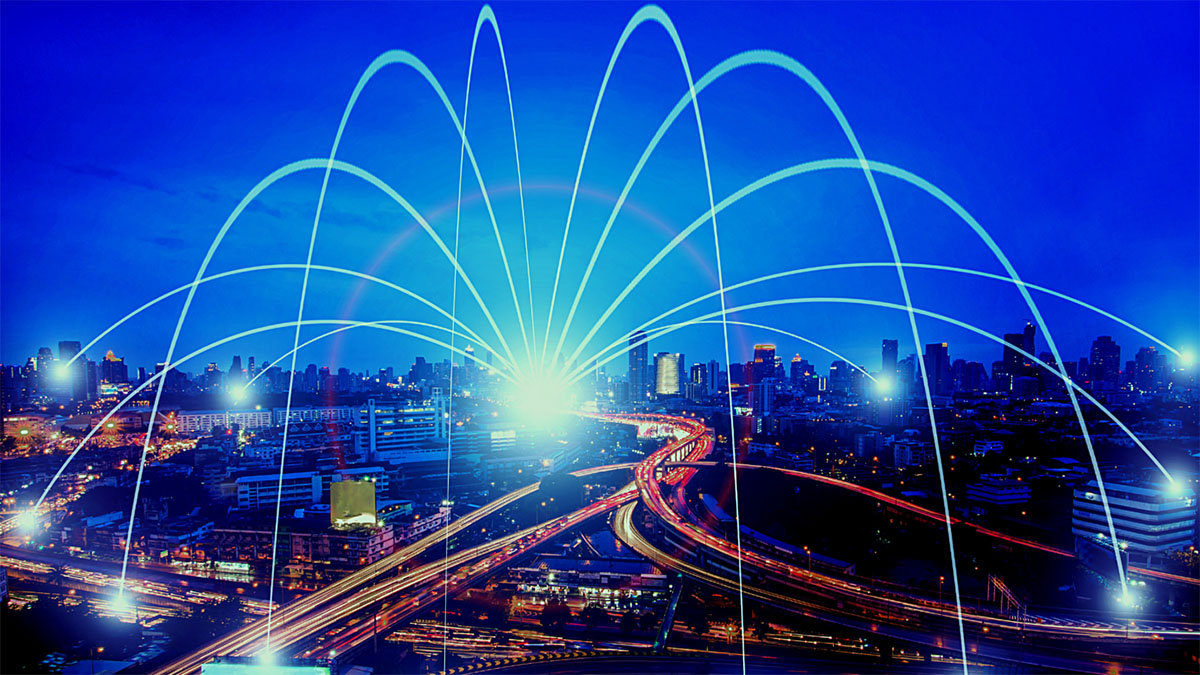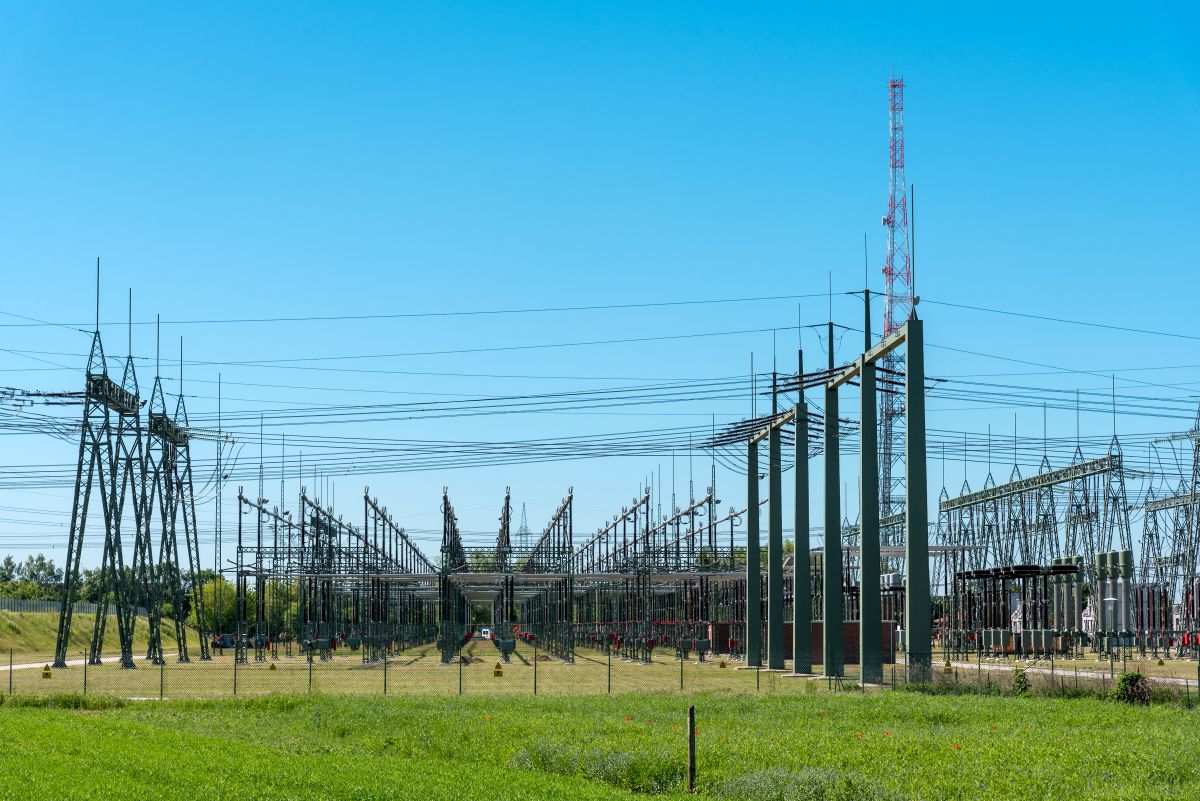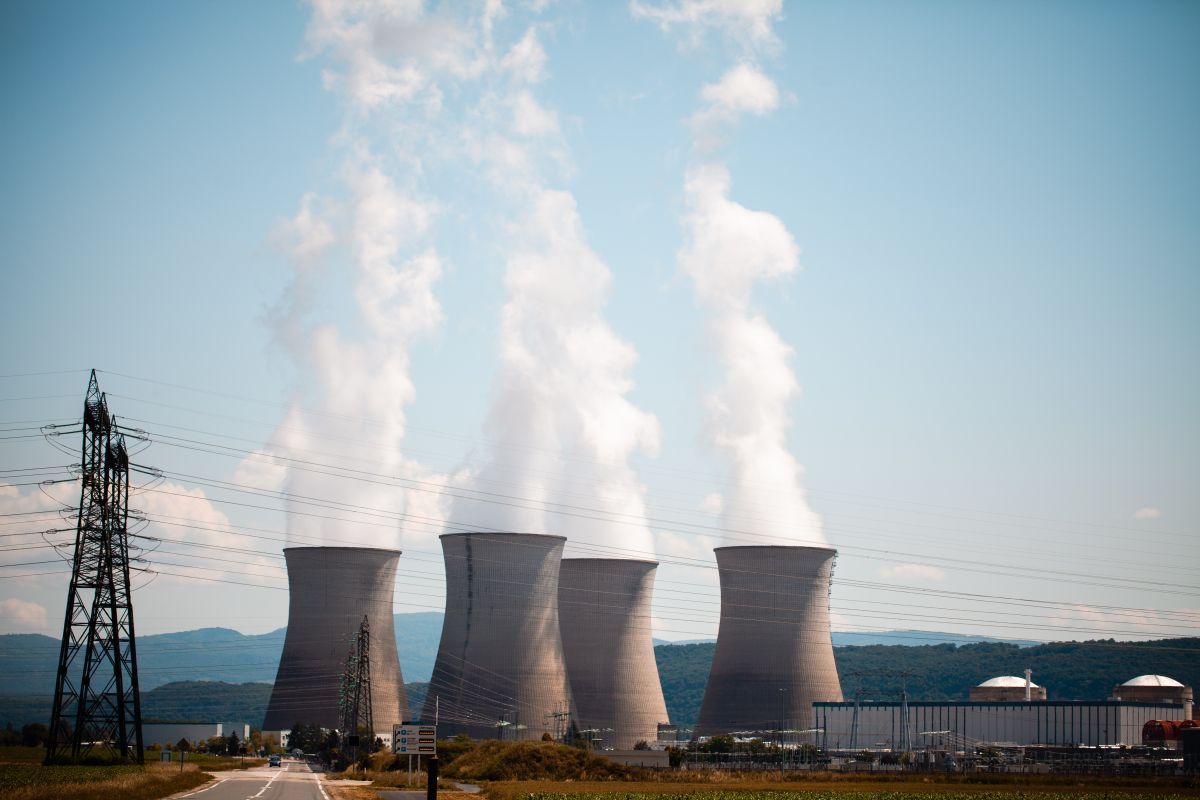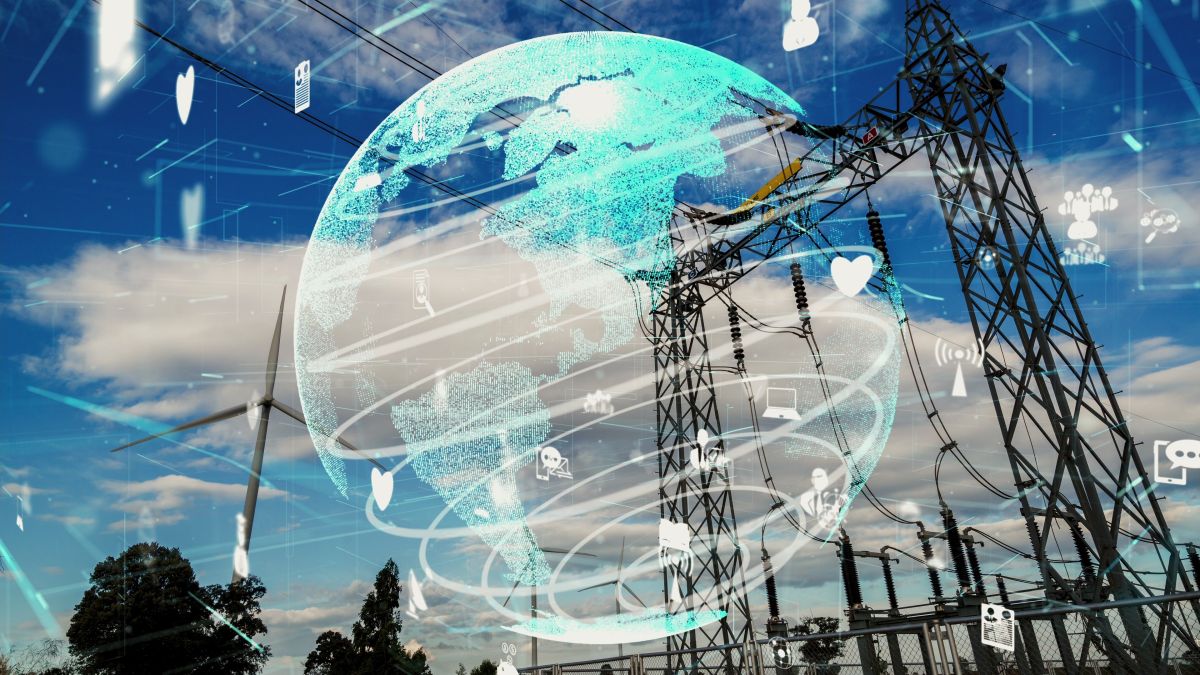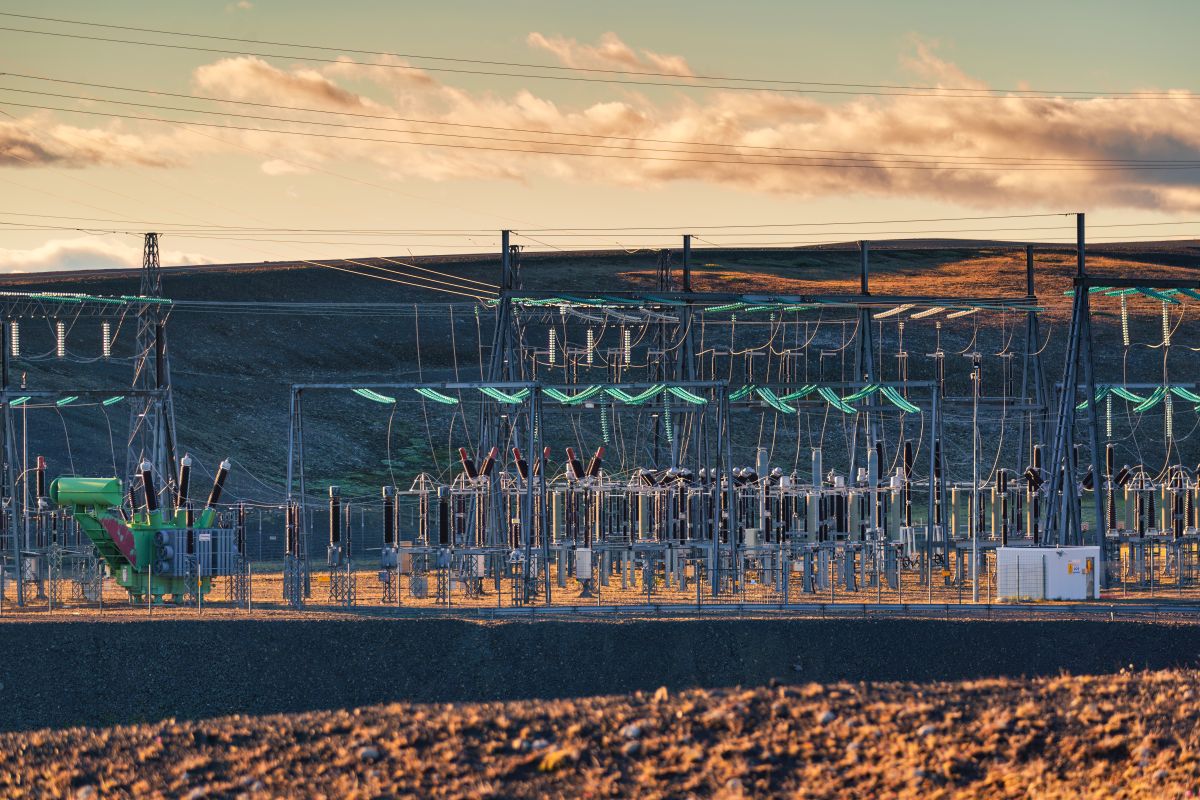Grid digitization has become necessary with the increased use of renewable energy sources. In order to meet the new requirements of advanced systems that process more energy, the existing grid must be upgraded. Digitization of the grid is an ongoing effort that requires the involvement of all the stakeholders, including the government, utilities, regulators, and consumers. The development and modernization of power systems, however, comes with both benefits and challenges.
What is Grid Digitization?
The electric grid in the United States is called “the grid.” It brings electricity to homes and businesses from power plants, through a network of transmission lines, transformers and substations. Traditional grids are not able to fulfill market needs anymore as they were made to support one-way distribution.
The new grid, also known as the smart grid, is automated and interconnected with edge computing, artificial intelligence, and the Internet of Things (IoT). IoT interconnectivity provides added flexibility to control and sense remote access. Smart grids are able to integrate objects through computers in real-time. For example, Advanced Metering Infrastructure (AMI) technology enables distribution systems to locate specific generated energy across entities, through IoT.
Benefits of Grid Digitization
Here are some benefits of the Smart Grid:
- Increased reliability of the grid;
- Efficient transmission of electricity;
- Rapid restoration of electricity after breakdowns and disturbances;
- Increased operational efficiency of power utilities, which leads to reduced cost of operations and management for utilities;
- Lower costs for consumers, and greater control for consumers over their use and production;
- Reduced peak demand;
- Increased integration of renewable energy systems on a larger scale; supporting environmental health; and
Improved integration of customer-owned generation systems, including renewable energy.
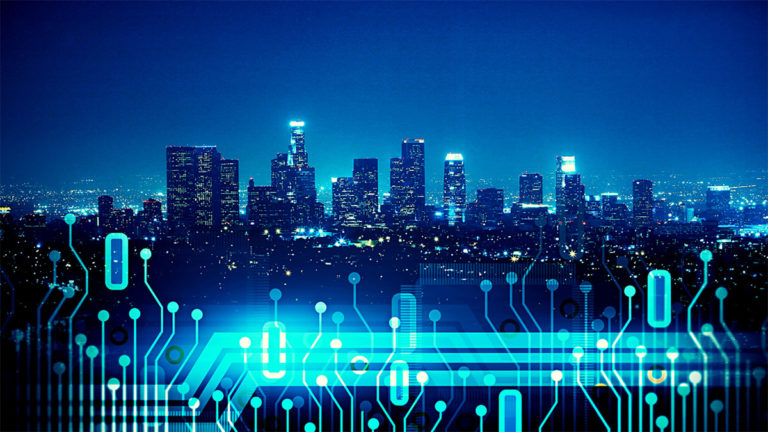
Challenges of Grid Digitization
The following are some of the challenges of grid digitization:
- Inadequate strategic planning;
- Grid modification is difficult and expensive;
- Overdependence on sensors to provide information about all grids; and then to respond to complicated scenarios in a timely and effective manner;
- Demand response to energy storage;
- Cybersecurity and privacy; more devices mean more endpoints for cybercriminals to exploit and hack into networks;
- Investments depend on whether or not businesses will benefit from adopting new technologies;
- Since you can activate storage on different sites – there is no direct customer action or involvement, which makes it challenging to claim a direct response;
- Weak partnership between utilities and customers.
Disclaimer: Any opinions expressed in this blog do not necessarily reflect the opinions of Certrec. This content is meant for informational purposes only.



